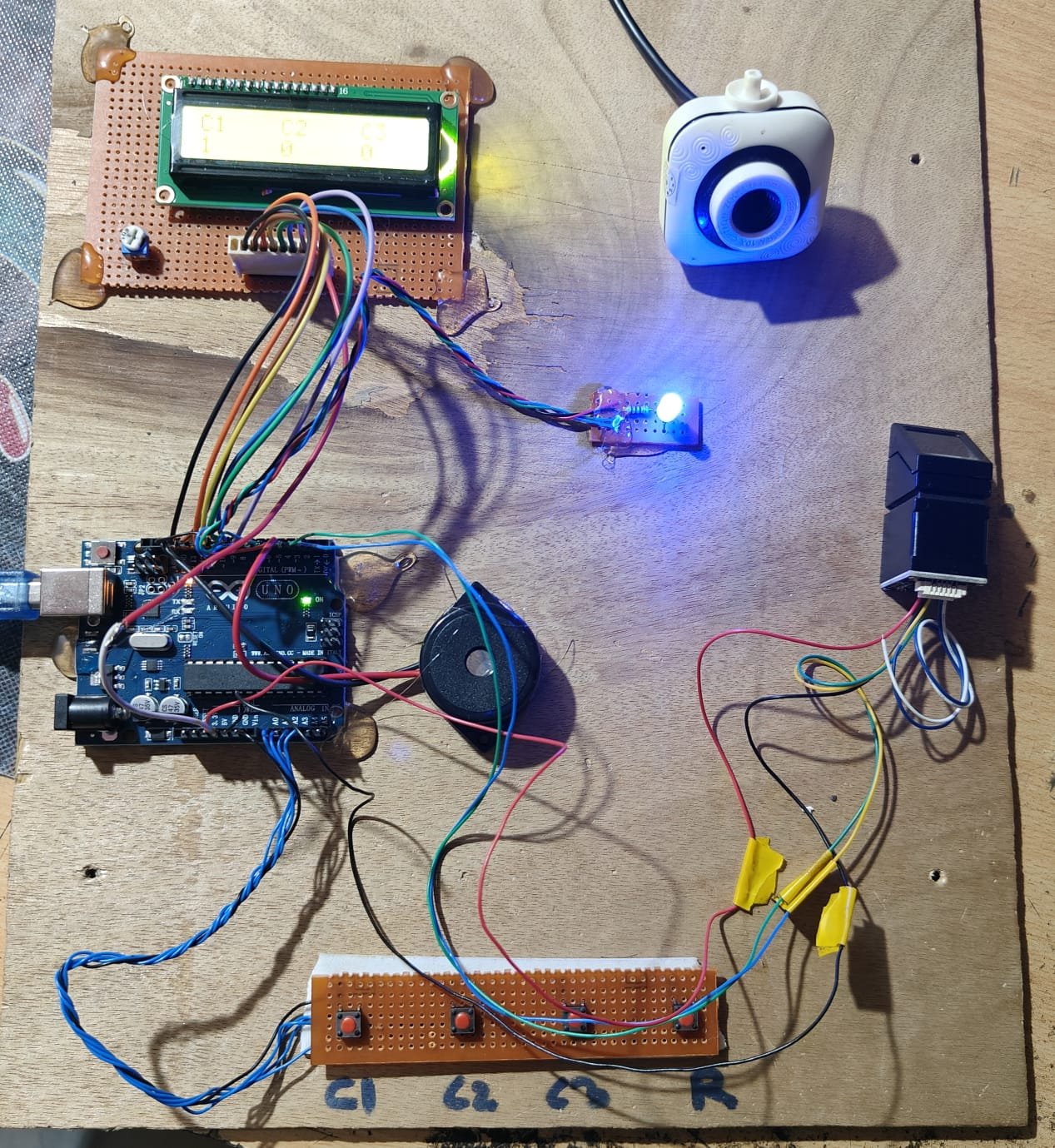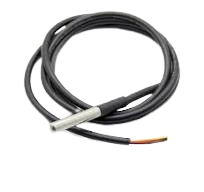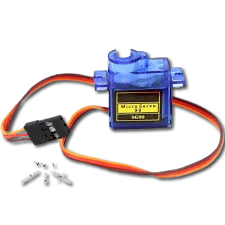Voting Machine Using Python with Fingerprint and Camera-Based Detection
10 in stock
The Voting Machine project using Python incorporates advanced biometric security measures such as fingerprint and camera-based facial recognition to ensure secure and authentic voting. This project aims to eliminate electoral fraud by allowing only authorized individuals to cast their votes.
₹10,325.00 ₹12,980.00 (Incl. GST)
10 in stock
Voting Machine Using Python with Fingerprint and Camera-Based Detection
The Voting Machine Using Python with Fingerprint and Camera-Based Detection using Python incorporates advanced biometric security measures such as fingerprint and camera-based facial recognition to ensure secure and authentic voting. This project aims to eliminate electoral fraud by allowing only authorized individuals to cast their votes.
Key Features:
- Biometric Authentication: The system verifies voter identity using both fingerprint recognition and facial detection, ensuring that each vote is cast by a registered individual.
- Camera Integration: The camera captures the voter’s face, and the system matches it against a pre-stored database to verify identity.
- Fingerprint Scanner: The system uses a fingerprint scanner to match the voter’s fingerprint with their registered data.
- Secure Voting: After successful authentication, the voter is allowed to select their candidate and cast their vote.
- Real-time Logging: Votes are recorded in real-time with timestamps and are securely stored in a database to prevent tampering.
- User-friendly Interface: A simple graphical user interface (GUI) allows voters to interact easily with the machine.
Components:
- OpenCV Library: Used for facial recognition and camera handling. OpenCV processes the images captured by the camera to identify and verify the voter’s face.
- Fingerprint Module (e.g., R305): Hardware component that captures and verifies the voter’s fingerprint.
- SQLite/MySQL Database: Stores voter information, including fingerprints, facial data, and voting logs.
- Tkinter Library: Used for creating the GUI, providing buttons, labels, and other interactive elements for the user.
- Python Imaging Library (PIL): Helps in handling image processing tasks, particularly for fingerprint and facial recognition.
- Raspberry Pi (Optional): Can be used as the hardware platform to integrate all the components, making the machine portable and compact.
Working:
- Voter Registration: During setup, each voter’s fingerprint and facial data are collected and stored in a secure database along with their voter ID.
- Authentication Process:
- The voter initiates the voting process by scanning their fingerprint.
- The system checks the fingerprint against the database for a match.
- Simultaneously, the camera captures the voter’s face and matches it with the stored data.
- If both biometric checks are successful, the voter is authenticated.
- Voting Process:
- After authentication, the voter is presented with a list of candidates on the screen.
- The voter selects their preferred candidate using the touch screen or buttons on the interface.
- The vote is then securely recorded in the database.
- Post-Vote Verification: The system logs the voter as having voted, preventing duplicate voting.
- Result Compilation: After the voting period ends, the votes are tallied, and results are generated.
Applications:
- Government Elections: Can be deployed in local or national elections to ensure a fair and secure voting process.
- Institutional Voting: Suitable for elections in schools, universities, or organizations where secure and authenticated voting is required.
- Surveys and Polls: Can be used for secure polling where voter authentication is crucial.
Benefits:
- Enhanced Security: Dual biometric authentication reduces the risk of fraud and ensures that only authorized individuals can vote.
- Transparency: Each vote is securely recorded and can be audited if necessary.
- User Convenience: The system provides a simple, automated voting process, reducing the need for manual oversight.
- Scalability: The system can be scaled to handle a large number of voters, making it suitable for national elections.
This project combines the power of Python with biometric technologies to create a secure and reliable voting system, ensuring the integrity of the electoral process.
| Weight | 0.00 kg |
|---|---|
| Dimensions | 0.00 × 0.00 × 0.00 cm |







